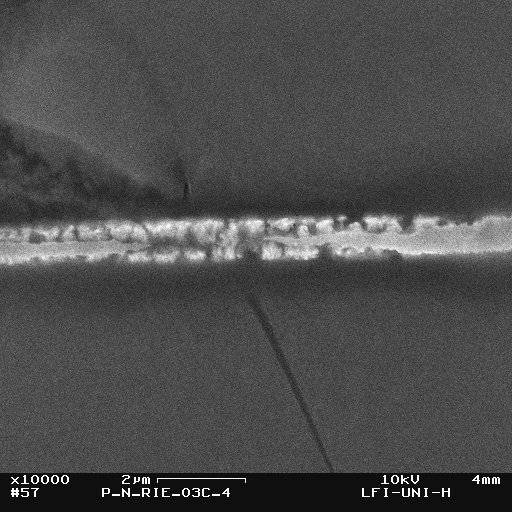My 1991 Previa is still running fine at 200k miles. I’m shocked by the amount of electronics on it. It has an ECU and a dozen of so electronic modules underneath the dashboard. Despite all those electronics, everything’s still working.
Why Do Vehicles "Wear Out"
- Thread starter Al
- Start date
Similar threads
- Locked

